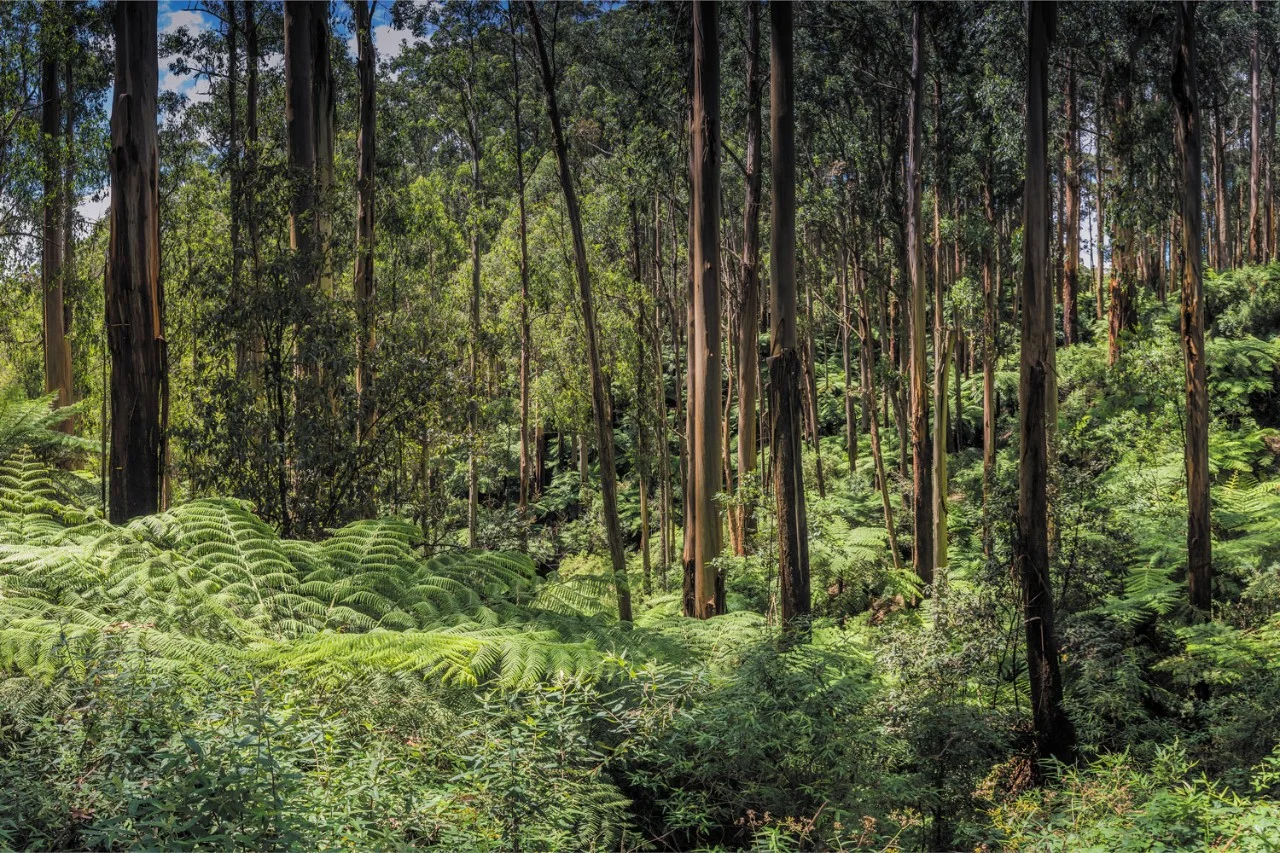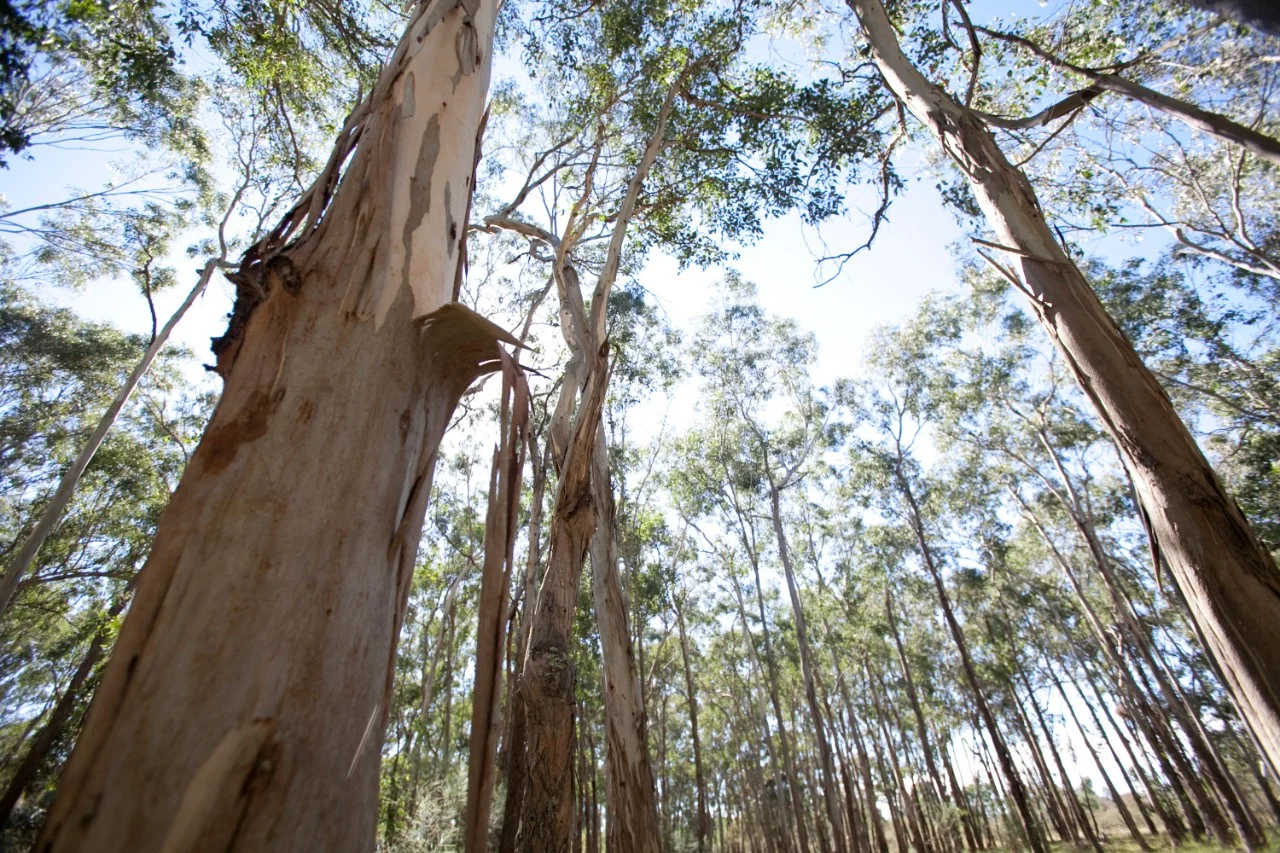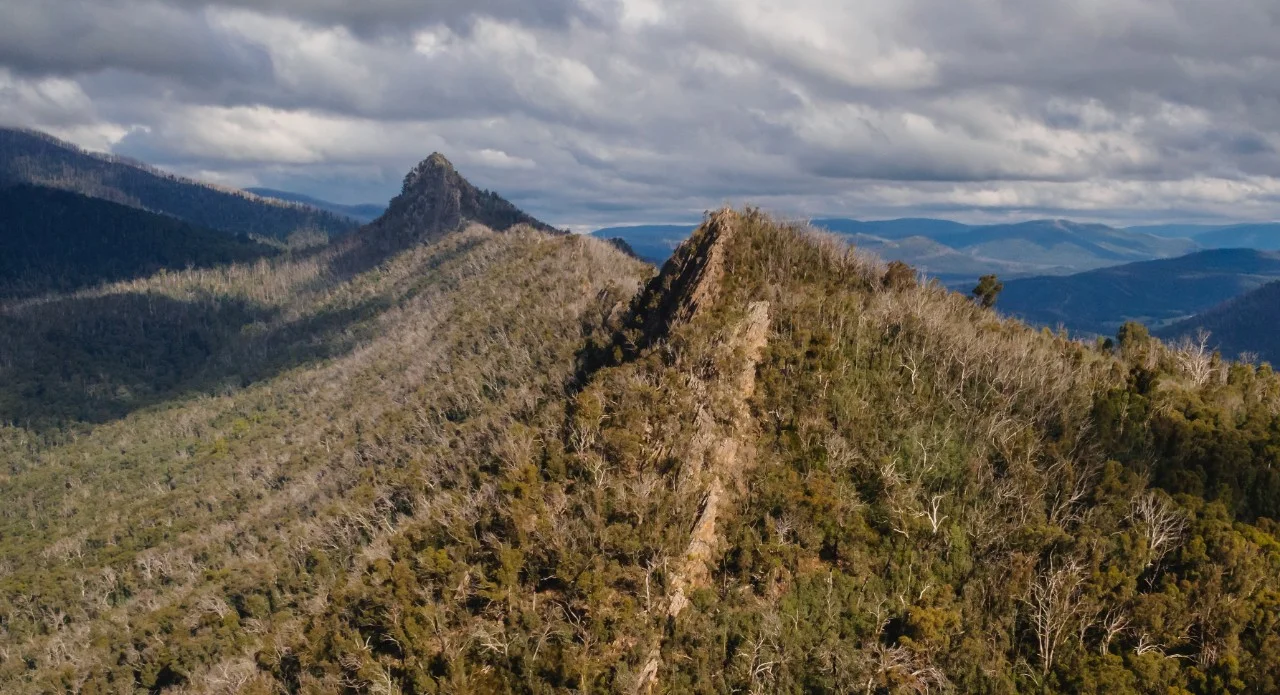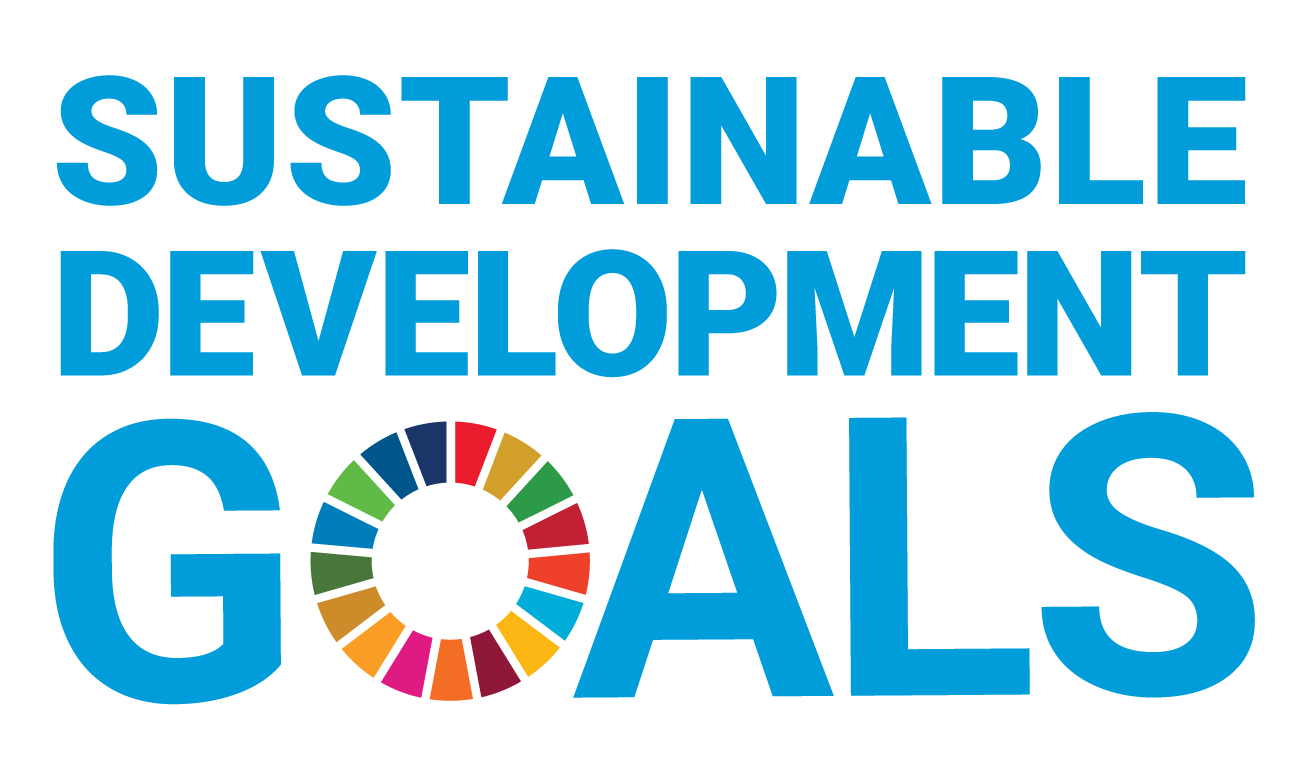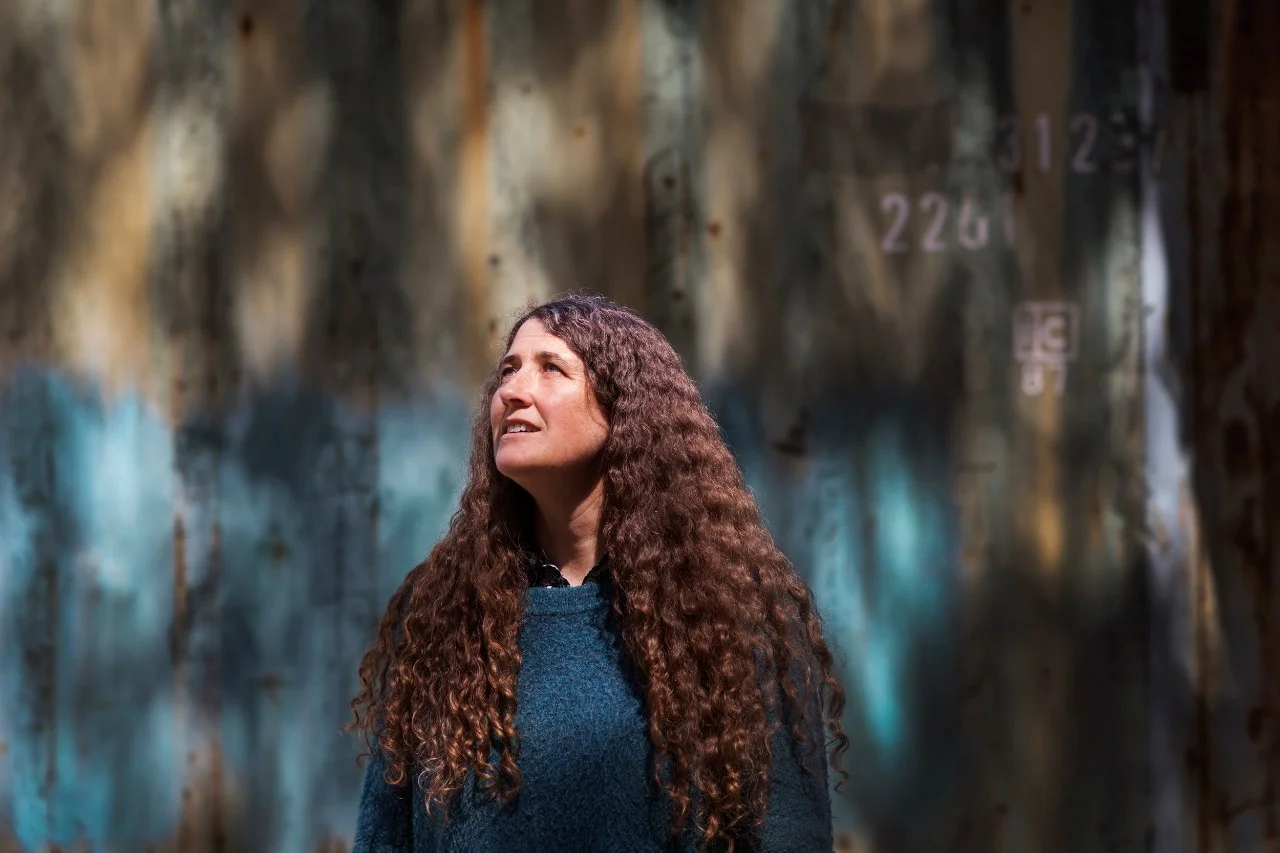Grassroots Support for a Threatened Habitat
You can search for courses, events, people, and anything else.
How do you mathematically model a tree? It might seem like an odd question, but it is a fundamental challenge facing scientists trying to find out how the environment will respond to a changing climate.
At Western Sydney University’s Hawkesbury Institute for the Environment, Professor Belinda Medlyn and colleagues have been developing models of forests that can be used to predict how they will be affected by changes in temperature, rainfall and carbon dioxide, and how they will also affect the climate around them.
“We know the climate has already started to change, and that will have a significant impact on the vegetation across the world, but these climate-driven changes are really hard to predict because there are so many different pieces to the puzzle,” says Medlyn.
One of those pieces is the question of how much water has transpired, or evaporated, from leaves. For the past few decades, modellers have assumed that the rate of transpiration was essentially the same across all different types of vegetation. But Medlyn took a closer look at the real-world data on water vapour transpiration from leaves, and realised something wasn’t right. So she built a new model of leaf transpiration, which accurately predicts transpiration regardless of species.
Research collaborator, Martin De Kauwe, research fellow at the Climate Change Research Centre at the University of New South Wales, says Medlyn’s model was a significant step forward, and is now incorporated into all major models of forest responses. It has also had major implications for understanding how forests respond to extreme climate events such as heat waves, he adds.
Need to know
- Belinda Medlyn has developed a transpiration model that works across all plant species.
- It is now incorporated into all major models of forest behaviour.
- This work will help researchers understand how forests respond to extreme climate events.
“We were able to show from the measurements and her model that evergreen needle-leaf forests have a more conservative water use behaviour, and that basically changes the feedback of water into the atmosphere,” he explains. The revised model, incorporating Medlyn’s work, suggests that instead of releasing water into the atmosphere during heat waves, which would lower temperatures, these forests hold on to their water, which could actually make heat waves worse. This means previous models may have underestimated the heat wave intensity across northern Europe, explains De Kauwe.
The policy impact of Medlyn’s model has been considerable, for example, it has been incorporated into models contributing to the Coupled Model Intercomparison Project (CMIP6) of the World Climate Research program – the project that provides the climate projections for the Intergovernmental Panel on Climate Change (IPCC) reports. “It’s now a textbook standard in the field,” says Medlyn.
But Medlyn and the team haven’t rested on their laurels, they’ve built upon the model since its publication in 2015, and are now explicitly considering the trade-offs that govern transpiration and carbon dioxide uptake during drought. “While the original model has been extremely useful in describing ‘normal’ situations, the development of these new models is proving particularly important for simulating what happens under extreme conditions, particularly identifying the drought and heat thresholds that cause plant mortality,” she says.
Meet the Academic | Distinguished Professor Belinda Medlyn
I have an Honours degree in Applied Mathematics from University of Adelaide. After graduating I went to work for a merchant bank and didn't take to it at all.
Then I heard a seminar by Hugh Possingham on mathematical ecology. As a keen outdoors type, I was fascinated by the idea that one could apply mathematics to the outdoors.
I went back to university and obtained a PhD in theoretical biology from University of NSW. I then spent four years as a post-doc in Europe, where I was privileged to work closely with a number of experimentalists who taught me how to interpret data.
On my return to Australia I married, had two children, and worked part-time for several years. I'm now full-time again and am enjoying leading a productive research group.
With collaborators around the world, beautiful forests to work in, and a number of challenging research problems to work on, I have never regretted leaving finance!
Related Articles
Credit
This research was supported by the Australian Government through the Australian Research Council.
© Southern Lightscapes-Australia/Moment/Getty Images © Joshua Hibbert/Unsplash
Future-Makers is published for Western Sydney University by Nature Research Custom Media, part of Springer Nature.

